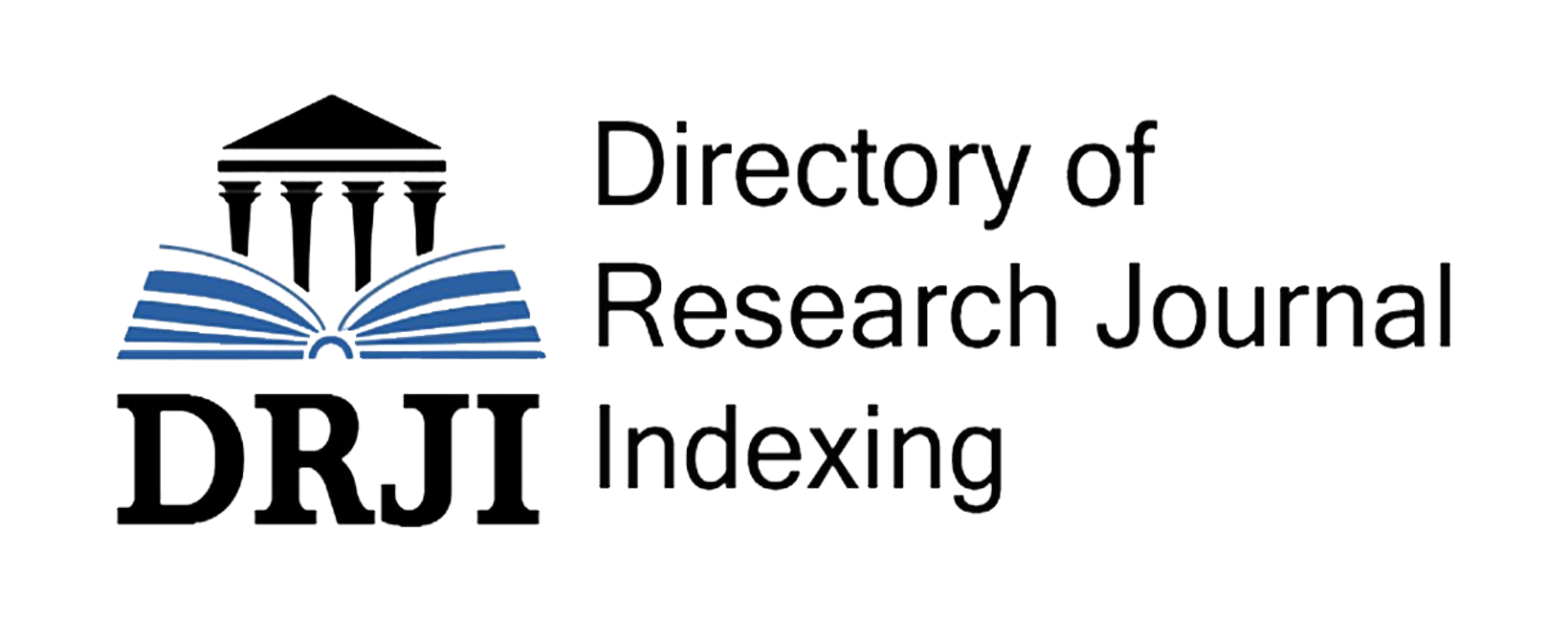THE INFLUENCE OF WORLD CHILDREN’S LITERATURE ON THE DEVELOPMENT OF KARAKALPAK CHILDREN’S LITERATURE
Keywords:
the school of comparativism, mythological plots, typological peculiarities, typology of genres correlation of folklore to objective reality, the trend of individualism, comparative typological research, historical-genetic relations, the typology of traditional-ceremonial motivesAbstract
The paper deals with the study of diachronic typological relations in the world folklore and written literature, particularly, with the comparative research of tales of Western European and Asian (Oriental) peoples. Studying the various points of views of well-known scholars of different scientific trends the author finds out some common and specific features in the developing and establishing of folk and written tales as a separate literary genre. Analyses made by the author conclude that narration of tales are ancient skills of all nations, performed in different ways, reflecting different cultures, tales were firstly created as the influence of supernatural phenomena as strong hurricanes, volcanoes, strong frosts, monsters (animals and birds) and brave individuals enough strong and clever to defend their communities from any danger.
References
Khotamov N., Sarimsoqov S. Uzbek Russian Thesaurus of Linguistic Terms. – Tashkent: Teacher, 1983. p.p.162-163.
Akhmetov S., Esenov J., Jarimbetov Q. Russian-Karakalpak Thesaurus of Linguistic Terms. – Nukus: Bilim, 1994. p.102.
Bahodirova S., Akhmetov S. Coincise Dictionary of Folklore Terms. – Nukus: Bilim, 1994. p.94.
Zarimbetova G. Moral education by means of Karakalpak Folk Tales. (A collection of Scientific Issues) - Nukus: Bilim, 2002. p. 32.
Abu Rayxan Beruniy. Monumemts of the Past generations. P.102.
Imamov K. Ancient Marriage Traditions and Epos. Uzbek language and Literature. – Tashkent, 1988. p.33.









